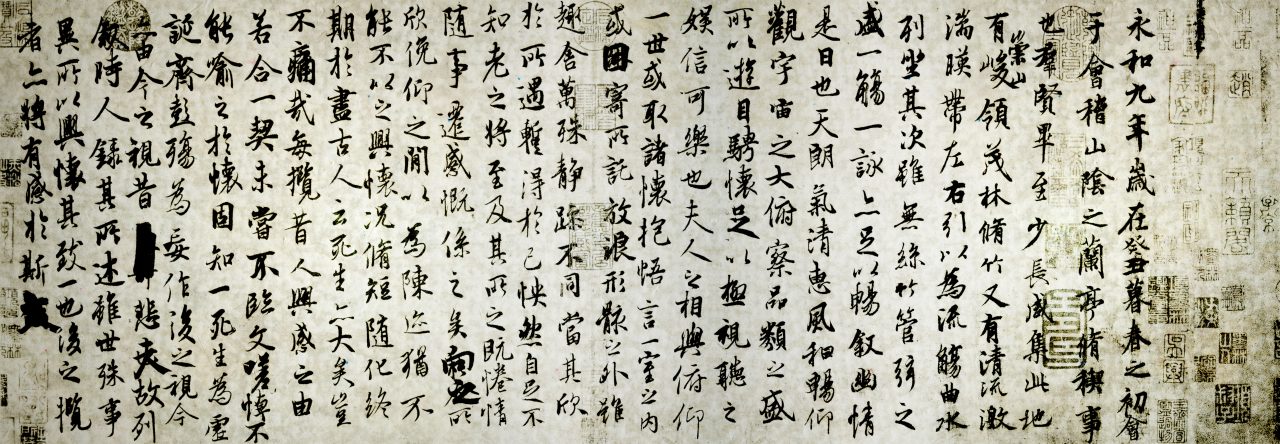Traditional Chinese Medicinal Therapy is the most practiced of all Chinese medical treatment modalities, dating back to the 3rd Century BC, and accredited to the great Shen Nong (Divine Farmer). The Pharmacopoeia Classic of the Divine Farmer, possibly one of the oldest collections of medicinal substances found to date, introduced and described the clinical usage of over 365 medicinal substances.
Where most books and articles choose to use the word herbal, I have opted to use the word medicinal due to the fact that many of the substances used in Chinese Medicinal Therapy are in fact not just herbs, but also minerals, stones, tree-bark, roots, seeds, fruits and even some animals and animal products, therefore reflecting a much closer account of this medical practice.
It is in my own practice, due to personal beliefs that animal parts are not necessary and can always be substituted with another medicinal, thereby avoiding any issues of cruelty and endangerment.
As a tried and tested therapy in Asia and in many parts of the world, Chinese and Japanese scientists have been testing the effectiveness of various substances found in these medicinals for over 4 decades now and have isolated many plant constituents that could explain the action and effectiveness of many of these. Numerous western pharmaceutical drugs have been developed using these plant constituents including several anti-inflammatories, anti-asthmatics, hay fever drugs, hepatitis remedies and a number of anti-cancer agents.
The practice of Traditional Chinese Medicinal Therapy is not too concerned with the isolation of these compounds but rather sees individual medicinals with a much broader, more synergistic effect where these constituents work together to represent the medicinals overall action as opposed to seeing them from the perspective of biomedical functions from one or two of these isolated compounds. Not to say that there is no merit to this study, but rather that as soon as we begin to see Traditional Chinese Medicine strictly from a biomedical perspective, then what we are doing is losing the ‘Traditional’ aspect of this medicine. A practitioner of Chinese Medicine recognizes the importance of modern research and when necessary, will combine this with the time-tested empirical practice of Chinese Medicine.
Chinese medicinal therapy is able to treat a wide range of acute and chronic disease, including:
Skin diseases: Eczema, dermatitis, psoriasis, acne, rosacea, urticaria, lichen simplex, lupus erythematosus, vitiligo, fungal & yeast infections, bacterial & viral disease such as herpes simplex, impetigo etc.
Allergic and Autoimmune disease: Hay fever, asthma, thyroid disease such as Grave’s & Hashimoto’s disease, myasthenia gravis, Sjogren’s syndrome, multiple sclerosis (MS)
Gastro-intestinal disorders: Irritable bowel syndrome (IBS), chronic constipation, diarrhoea, ulcerative colitis, Crohn’s disease
Gynaecological conditions: Pre-menstrual syndrome, painful periods, endometriosis, infertility, polycystic ovary syndrome
Male disorders: Infertility, low sperm count & motility, impotence, chronic prostate problems
Respiratory conditions: Asthma, bronchitis, chronic coughs, allergic rhinitis and sinusitis
Rheumatologic conditions: Osteo-arthritis, rheumatoid arthritis, psoriatic arthritis, polymyalgia rheumatica etc.
Urinary conditions: Chronic cystitis, interstitial cystitis, painful bladder syndrome
Psychological disorders: Insomnia, depression, anxiety
Supportive therapy in the treatment of cancer: Side effect of chemo and radiotherapy, fatigue, nausea, low blood count etc.
Neurological conditions: Headache, migraine, dizziness, peripheral neuropathy
Cardio-vascular disease: Angina, high blood pressure, high cholesterol
Children’s diseases: Bed-wetting, glue ear, reoccurring tonsillitis, asthma, eczema etc.
Other: Hepatitis A, B, C, chronic fatigue syndrome ME, symptoms associated with HIV infection.

